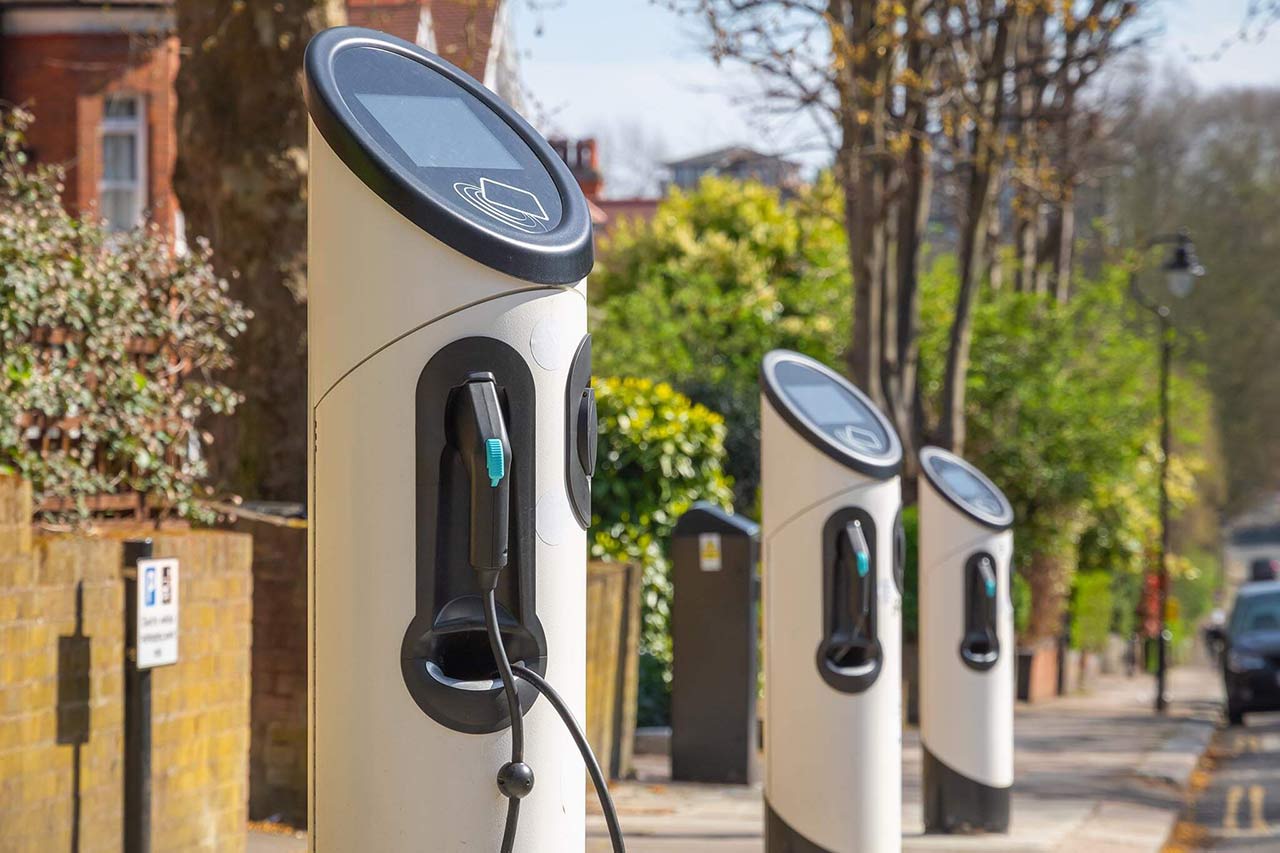Introduction
As the world transitions toward cleaner energy sources, electric vehicles (EVs) have emerged as a promising solution to reduce greenhouse gas emissions and combat climate change. However, for EV adoption to flourish, a robust charging infrastructure is essential. In this article, we explore the different types of EV chargers, their benefits, challenges, and the future of charging networks.
Types of EV Chargers
- Level 1 Chargers (120V):
- These chargers are the most basic and typically come with the EV when purchased.
- They use a standard household outlet (120 volts) and provide a slow charging rate (about 2-5 miles of range per hour).
- Ideal for overnight charging at home.
- Level 2 Chargers (240V):
- Level 2 chargers offer faster charging (up to 25 miles of range per hour).
- Commonly installed at workplaces, public parking lots, and residential garages.
- Requires professional installation and a dedicated circuit.
- DC Fast Chargers (Level 3):
- These high-power chargers provide rapid charging (80% charge in 20-30 minutes).
- Found along highways, rest areas, and commercial charging stations.
- Requires specialized equipment and infrastructure.
Benefits of EV Chargers
- Reduced Emissions:
- EV chargers enable cleaner transportation by reducing reliance on fossil fuels.
- Charging from renewable energy sources further enhances environmental benefits.
- Convenience:
- Home charging (Level 1 or 2) allows EV owners to start each day with a full battery.
- Public charging networks provide flexibility during longer trips.
- Economic Savings:
- EV charging costs are significantly lower than gasoline prices.
- Some public chargers are free or subsidized.

Challenges and Solutions
- Infrastructure Gap:
- Expanding charging networks remains a challenge, especially in rural areas.
- Solutions include government incentives, private investments, and collaboration between automakers and utilities.
- Standardization:
- Ensuring compatibility among different charger types and EV models.
- Industry efforts focus on common connectors (e.g., CCS, CHAdeMO).
- Charging Speed and Range Anxiety:
- DC fast chargers address range anxiety, but more deployment is needed.
- Battery technology improvements will extend EV range.
The Future of EV Charging
- Ultra-Fast Charging:
- Research on 350 kW and higher charging speeds.
- Battery advancements will support faster charging without compromising lifespan.
- Wireless Charging:
- Inductive or resonant wireless charging eliminates physical connectors.
- Integration into roads and parking spaces.
- Smart Grid Integration:
- EV chargers as grid assets for load balancing and demand response.
- V2G (vehicle-to-grid) technology enables bidirectional energy flow.
Conclusion
Electric vehicle chargers are pivotal in accelerating the transition to sustainable transportation. As technology evolves and infrastructure expands, EVs will become more accessible, convenient, and environmentally friendly. So, whether you’re a current EV owner or considering one, embrace the charging revolution—it’s electrifying! ⚡🌎
Remember, the road to a greener future starts with every charge!

